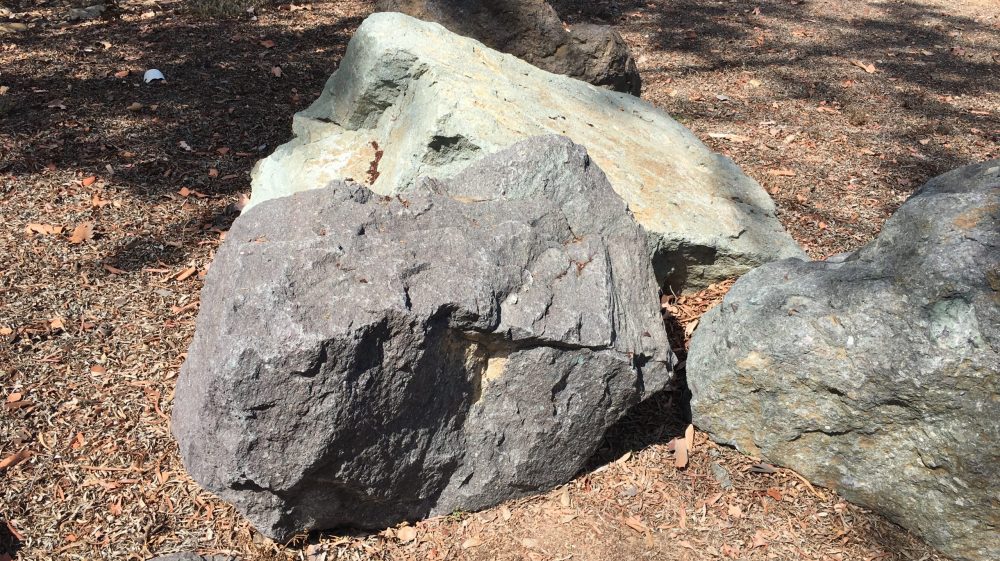Dear ORCD-all,
Happy New Year.
Just as 2022 ended, two remarkable results came out that will impact research computing in the long run.
First, a team from MIT, Harvard, Caltech, and Google showed they could use the Google Sycamore quantum computer to solve equations describing quantum information passing through a wormhole. The equations had been solved in other ways,and the result is well known, but I think the use of the quantum computer in this way tells us what will come. I expect ORCD will need to learn how to host quantum simulators and computers in the next five years and this will present an exciting challenge.
The other result was from the National Ignition Facility that showed a system of 192 lasers could compress a gas of deuterium and tritium, making the gas hot enough, round enough, and dense enough for the deuterium and tritium to fuse, releasing more energy than has been put into the capsule containing the gas pellet. 2 MJ went in an,d 3 MJ came out, all enabled by enormous simulations on supercomputers. MIT researchers formed part of the team. MIT will need to make computing at this scale available to enaallowher exciting research, including for our SPARC, our own fusion machine.
Still trying to digest chatGPT.
With the new year, we have some other interesting announcements below.
Peter
Announcements
- Office of Strategic Alliances and Technology Transfer (OSATT) Core has revamped the services to faculty for non-disclosure agreements (NDAs), data use agreements (DUAs), material transfer agreements (MTAs), and other research-related agreements. The improved NDA/DUA portal came out in early 2022 and the link is here” https://nda.mit.edu/fibi-agreement/#/landing.
- NIH New Data Sharing Policy Going into Effect here
